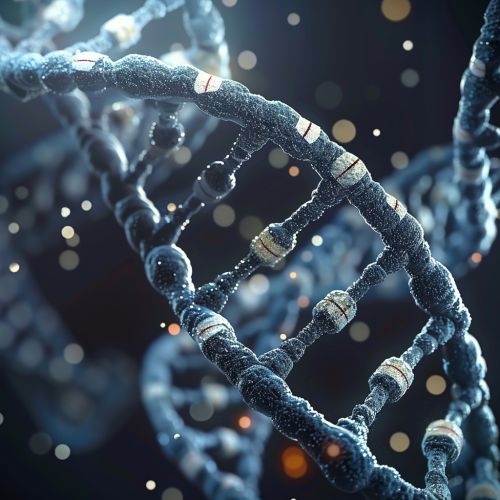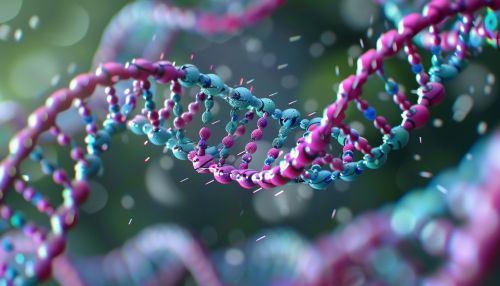Genetic mapping
Introduction
Genetic mapping, also known as linkage mapping, is a method used in genetics to identify the location of specific genes within a genome. It is a crucial tool in the field of genomics and has been instrumental in the mapping of the human genome in the Human Genome Project. Genetic mapping provides a detailed blueprint of the arrangement of genes on a chromosome and is used extensively in research and medicine.
History
The concept of genetic mapping was first introduced by Thomas Hunt Morgan and his student Alfred Sturtevant in the early 20th century. They discovered that the frequency of genetic recombination between genes could be used to infer their relative positions on a chromosome, thereby establishing the principle of genetic mapping.
Principles
The fundamental principle of genetic mapping is the concept of linkage, which refers to the tendency of genes that are close together on a chromosome to be inherited together. The frequency of recombination, or crossing over, between two genes is proportional to the distance between them. This forms the basis of genetic mapping.
Techniques
There are several techniques used in genetic mapping, including linkage mapping, physical mapping, and bioinformatics approaches.
Linkage Mapping
Linkage mapping is based on the observation that the frequency of recombination between two genes is proportional to the distance between them. This is measured in centimorgans (cM), with one cM equivalent to a 1% chance of recombination occurring between two genes.
Physical Mapping
Physical mapping involves determining the physical location of a gene on a chromosome. This can be achieved through various methods, such as fluorescence in situ hybridization (FISH), which uses fluorescent probes to visualize the location of specific DNA sequences on a chromosome.
Bioinformatics Approaches
Bioinformatics approaches involve the use of computational tools to analyze genetic data and construct genetic maps. This includes the use of genome sequencing data and genome-wide association studies (GWAS).
Applications
Genetic mapping has a wide range of applications in research, medicine, and agriculture.
In research, it is used to study the genetic basis of diseases and traits. In medicine, it is used in the diagnosis and treatment of genetic disorders. In agriculture, it is used in the development of new crop varieties through plant breeding.
Challenges and Future Directions
Despite its many successes, genetic mapping also faces several challenges. These include the difficulty of accurately mapping complex traits that are influenced by multiple genes and environmental factors, and the ethical and legal issues surrounding the use of genetic information.
Looking ahead, advances in technology and computational methods are expected to drive further progress in genetic mapping. This includes the development of more accurate and efficient mapping techniques, as well as the integration of genetic mapping with other genomic technologies.
See Also
- Genetic recombination
- Genome sequencing
- Genome-wide association study
- Fluorescence in situ hybridization
- Plant breeding


